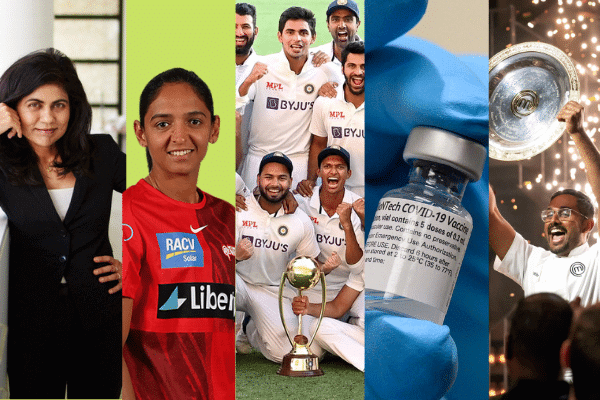We live in transformational times. Collectively as a society, and perhaps at the individual level, we are stepping into new chapters of our evolution in these pandemic-dominated times.
The same could be said about us at the community level. Here’s a look at the way Indians in Australia have changed as a community: what were the trends and who were the trendsetters in Australia’s Indian community this year? Our take on events and issues in 2021 that had us talking.
COVID in India
“Do you know someone who knows anyone who can help source an oxygen cylinder? An ICU bed?”
Many of us in Australia’s Indian community received this or a similarly frantic message this year.
For us, 2021 will go down as the life-changing year when COVID struck its ominous blow.
At first the concern was for India as the deadly Delta spread menacingly, and we studied numbers and compared graphs.
Then it became a concern for our families, as the degrees of separation between COVID and us, began to shrink rapidly.
We scrambled to organise care, and source that elusive oxygen and then hospital beds, all while desperately trying to find a way to fly home as the borders began to inch shut.
And then the news began to come in of the loved ones we had lost.
As the funeral pyres burned away on our TV screens, it exposed our vulnerability and helplessness as a diasporic community that could but stand by and watch in the face of an unmitigated health disaster in the motherland.
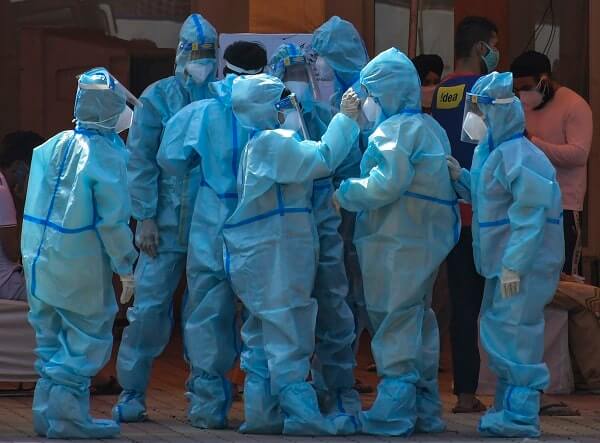
The special challenges we faced as a community then (who can forget those dreaded WhatsApp checks every morning), did have a positive impact: they urged us towards vaccination. LGAs with high Indian populations recorded the highest levels of vaccination nation-wide.
Another somewhat comforting consequence was the motivation to stand up for India: many individuals and organisations within and outside our community gathered funds to organise help in whatever way they could. (A special mention here to COVID Connect, a bunch of Indian-Australian healthcare professionals who initiated outreach programs in India with evidence-based telehealth support, peer-to-peer support and mental health support.)
Communal tensions
One would expect that the collective grieving that unfolded then would have bound us closer as a community. Alas, we’ve seen divisions like never before this year. Tensions between Hindu and Sikh segments reached a flashpoint and spilled out onto the streets in Melbourne and Sydney. Car and truck rallies, sabre-rattling with flags, and religious and nationalistic sloganeering ultimately ended up in mob attacks and assaults. The issue at hand – controversial agricultural laws back in the homeland particularly impacting farming communities in northwestern India.
When arrests were finally made, you’d have thought that was the end of that, and yet strangely, it only escalated from there. One of the arrested, a 24-year-old student and expired visa holder Vishal Jood, became a hero for his side as a social media campaign raged on in India and in Indian communities worldwide for his release. Some reports suggested India’s External Affairs Minister had intervened. Turns out, charges against Jood including racial hate crime were dropped after he pled guilty to some lesser ones, his jail term curtailed, and he “was put on a plane to India” immediately upon release. He arrived home to a hero’s welcome.
Meanwhile, as India’s Prime Minister and architect of the controversial laws announced a sudden repeal, it is hoped temperatures will reduce in community hotspots here. The incidents caused at least one state government in Australia to become involved to deescalate the situation, and for the new Indian High Commissioner Manpreet Vohra to appeal for “the campaigns of hate” to “remain at the fringe,” and for the “discourse to remain sane.”
A rap on the knuckles from at least two sources.
India-Oz
When Mr Vohra admonished the community with his well-crafted diplomatese, it was at his first outing after being safely ensconced in Canberra for the first few months of his tenure, thanks to lockdown.
No such luck for his Aussie counterpart Barry O’Farrell, who bravely fronted a Twitter barrage from desperate, depressed or irate international students every time he uttered a word. And yet Mr O’Farrell managed to use the platform to communicate his growing affection for his temporary home. (Love those peacock tweets, Barry).
Of course the Australian High Commissioner is currently busy showing an old friend and former boss Tony Abbott around India. The former prime minister is the current prime minister’s special trade envoy. Interested stakeholders are keen to see whether Mr Abbott can successfully shift the momentum in bilateral trade. Interested stakeholders are also wary of repeated platitudes such as “natural partners” and “untapped potential” and long listings of areas where said untapped potential lies. Yet, even as Peter Varghese’s strategy to engage economically with India continues to be invoked regularly, it’s good to see we’ve moved on from “coal, cricket, curry and commonwealth”. Mr O’Farrell has himself advanced from the Cs to the Ds lately – his buzzwords being Democracy and Dosti.
Talking of bilateral relations, business might perhaps learn a thing or two from academia and scientific research, where the relationship seems to be forging on stronger, and with much less fanfare about it all.
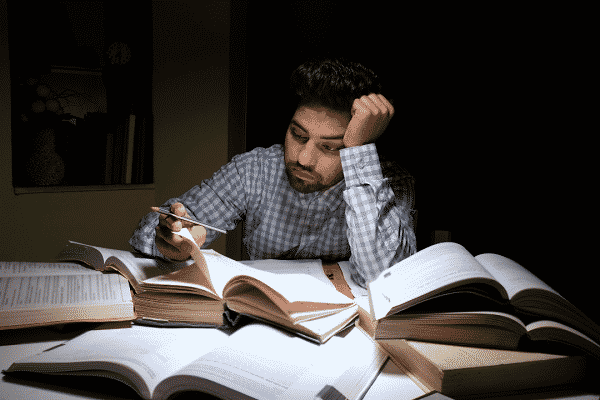
International students
It’s hard to discuss India-Australia relations without addressing the elephant in the room: the thousands of Indian international students still waiting to come back to shore.
From Twitter storms to protests outside the High Commission at Delhi, they’ve resorted to both online and offline activism to get some clarity from the government on their return. Our inbox has seen its fair share of student inquiries too. Up until June, though, it seemed there was little hope for them. (Their now infamous hashtag #LetUsBackToAus continues to trend as borders remain closed to temporary visa holders till 15 December.)
Pilot plans were announced and quickly shelved amid lockdowns, questions surrounding vaccines remained unclear until overnight announcements, and now students continue to cross their fingers that Omicron won’t play spoilsport on their Australian return. For many, though, it’s already too little too late – new student cohorts are reportedly looking elsewhere.
Government grants
At times of crises, governments do tend to act as shock absorbers for the community. Commendably, the NSW and Victoria governments have this year supported funding for students and temporary migrants stuck in Fortress Australia. Working with community groups, millions of dollars poured into the system to help with food and accommodation. Innovation grants of up to $250,000 were available to help vulnerable communities through Multicultural NSW, and Victoria was offering up to $100,000 to get their COVID-19 messaging out by community organisations. Monies set aside for community festivities found their way to online activities. There was a considerable push also towards creating awareness and funding for mental health issues.
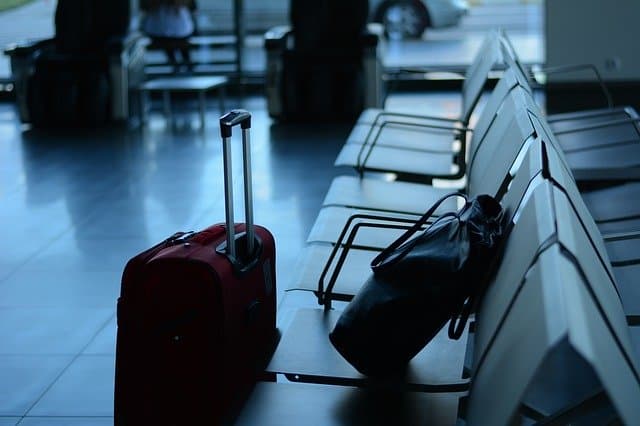
Issues that rankled
Travel bans Insulting and discriminatory. That’s how the community saw the government’s travel bans for Indian-origin Australians, which included jail terms for those returning. Victimised and demonised, they pointed out that no such rules were announced for those returning from a similarly stricken USA or Europe. For the 10,000 people stranded in India, returning to their families and their jobs in Australia proved to be nothing short of a nightmare. They were, inexplicably, Australians banned from Australia, and not because they were terrorists or criminals, but because they had dashed overseas to care for sick and dying relatives.
The Swastika For as long as they’ve been residents of this country, Australia’s 450,000 strong Hindu community have been attempting to de-weaponise the Swastika in their own small individual ways. This year, they got to do so at a higher level, and collectively. A landmark reform in Victoria intended to stop extremism and propaganda caused much concern, as it aimed to ban the Swastika as a Nazi symbol. It is a symbol misappropriated from Hinduism and still in use widely. Shocked at the proposed $10,000 fine and six months imprisonment for use of this symbol, the Hindus sought consultations with the government successfully. It is expected now that the new law will not impact the faith symbol.
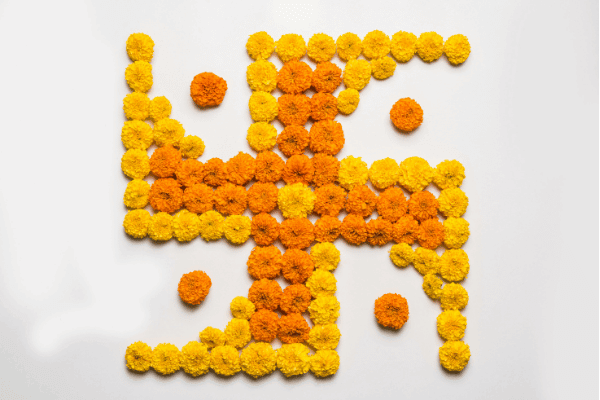
Kirpans at school After first calling for schools to ban the kirpan following a stabbing incident in which a student was injured, the NSW Government backflipped only weeks later. As a knife, the kirpan is a Sikh religious symbol signifying a fight against injustice. Sikh students will now be allowed to wear to school their kirpans, under new guidelines to minimise any danger that might ensue. The debate on the topic initially brought up student safety, but concluded with a better understanding of Sikhism as a religion. In recent years, the Sikh community and the Sikh faith have come to the limelight increasingly thanks to the tradition of seva (selfless service) especially in times of strife such as bushfires and floods.
Melbourne against Gandhi The Melbourne Indian community’s relationship with Mahatma Gandhi, the world’s best-known Indian and an apostle of peace, continues to puzzle. A few years ago, they voted, quite bizarrely, against a proposal to erect a statue of the man who brought a colonial empire to its knees. Then, when a statue finally came up this year, inaugurated with much flourish by the Prime Minister himself, it was defiled overnight in a strange attack, an attempt at decapitation.
Nonviolent protest? Civil disobedience? Gone are the Gandhian ideals just at the very juncture they are needed, in today’s deeply polarised world.
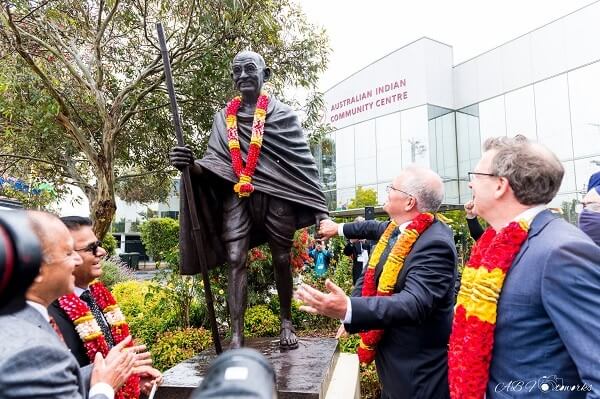
Achievers
We were delighted to see many of our compatriots again this year in the Australian Government’s honours lists. Academics, medicos and community warriors led the charge yet again, including the late Dr Amarjit Singh More of Woolgoolga, Dr Anand Naidoo of Coffs Harbour, Melbourne’s Dr Santosh Kumar and Dr Selvin Selvendra, and Prof Ramesh Balasubramaniam of Perth.
The boffins continue to do our community proud. Only weeks ago, inventor and sustainability expert Prof. Veena Sahajwalla of UNSW was named NSW Australian of the Year 2022, and scientist and science communicator Dr Niraj Lal took home a coveted Eureka Prize.
Four young Indian-Australians also found themselves listed in the nationwide 40 Under 40 Most Influential Asian-Australians for 2021, including Sydney councillor Charishma Kaliyanda, Melbourne corporate head Amit Singh, RMIT’s Assoc Prof Sumeet Walia, and Brisbane entrepreneur Yash Dutt.
In a new trend, we brought you more reports than ever before the field of law. Indian-origin Hament Dhanji joined the bench of the NSW Supreme Court this year, and Pardeep Singh Tiwana was appointed as a judge of the County Court of Victoria (Australia). India-qualified lawyer Molina Asthana became the Vice President of the Law Institute of Victoria.
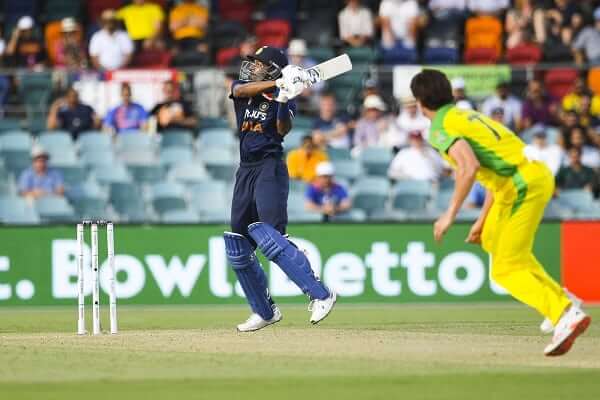
Sport
2021 saw a historic Men’s Cricket Test series win for India here in Australia.
It will be a Test series for the ages, Australian legend Steve Waugh had prophesised, and how right he was. A 4-Test series was decided in the last hour of the last day of the last Test match.
It was a series that brought out the best – and the worst – on and off the field between the competitors. India was not backward in coming forward with accusations of sledging both on the field and by Australian supporters off it. Australia for their part accused the Indian cricketers of manipulating the system with their threats of withdrawing from certain venues due to restrictive COVID conditions. In spite of all this, India pulled off a remarkable series victory: losing the First Test convincingly after being bowled out for 36; drawing the next Test in Melbourne; winning Sydney, and then breaking the fortress of the Gabba, where Australia had not lost a Test match in 32 years. And this, incredibly, without the services of their dynamic captain Virat Kohli for most of the series, and the many injuries suffered enroute. Their win of the Border Gavaskar trophy despite these setbacks was a special moment for cricket tragics globally.
The Women’s series on the other hand was a damp squib, but WBBL has been a whole new ball game. The Indian entrants made it hugely watchable for our community, and that they performed brilliantly was a great source of pleasure. Harmanpreet Kaur’s Player of the Series award – surely the icing on the cake.
Wonder what Unmukt Chand, the BBL’s latest Indian entrant, has in store for us.
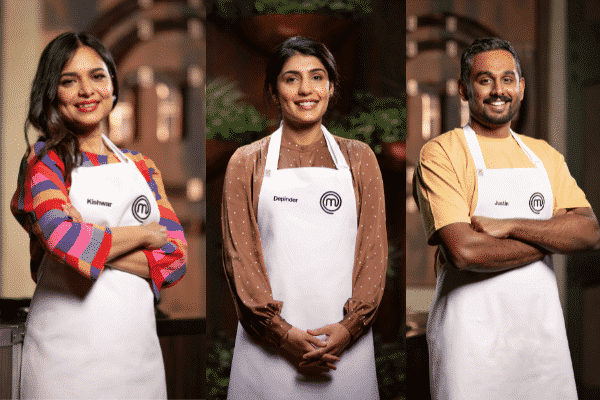
Arts
Meanwhile, mainstream TV is beginning to warm to the idea that it might like the notion of possibly acknowledging that it is considering that it understands that people of colour are part of the cultural landscape in this country. And so we’ve begun to see a darker skin tone or two light up our screens. Amongst the notables, MasterChef Australia got its second Indian-origin winner in Justin Narayan, and twelve-year-old singer Janaki Easwar moved the judges to tears on The Voice. We’re waiting for more in 2022!
Slightly further afield from popular culture, there was a fair bit of the darker skin tone in the arts: the Archibalds brought us portraits of infectious diseases expert Raina McIntyre and artist Kirthana Selvaraj, and the Blake Prize for Religious Art gave new life to a 2000-year-old Tamil tale, retold as Stories of Kannagi, a winning entry.
(We’re predicting a Veena Sahajwalla portrait for a future Archibald Prize – if there’s an Indian artist who could deliver, that would be doubly wonderful!)
The Sydney Film Festival, the only large-scale cultural program lucky to host in-person events in pandemic times, featured a clever selection of films from a new-look India, one where deep societal change is afoot.
In Brisbane currently, the Asia Pacific Triennial has just opened at the QAGOMA, featuring a list of interesting contemporary artists from India.
What trends defined the community this year?
Ministers Zooming in frequently. (And loving it.) The number of online meets that our politicians have held this year with multicultural media, is impressive. Hardly a fortnight passes by when there isn’t an invite to a meeting, state or federal, or even indeed, with the prime minister. Restricted conversations (on COVID regulations, border closures, visa changes and the like), it’s always entertaining to analyse who gets past the usual waffling to provide proper answers to the questions posed.
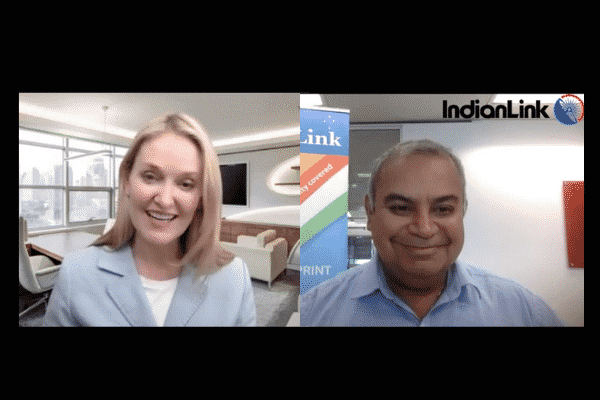
The proliferation of community social media platforms. Love it or hate it, social media now plays a major role in our community life as a connective space for communication and information. This is evidenced in the recent rise of niche platforms connecting people with like needs and interests. Ayurveda enthusiast? Desi gardener? Desi motorcycle rider? Desi 4WD fanatic? Stuck in India? Applied for travel exemption? New mum? Mum-to-be doing it without help? Cooking enthusiast? Art practitioner? Fashion distributor? Don’t worry, there’s a group for you.
Virtual events. We’ve become pros at Zoom, embracing it at the community level – business events, consulate commemorations, health and well-being seminars, poetry contests and mushairas, literary festivals, even dance and theatre. (Thank you and well done, Melbourne’s Indian community for that last one!) Everything’s online, and everyone’s Zooming in.
Everyone’s an interviewer! ‘Chaitime chats’ by first-time interviewers and self-styled celebrities are a dime a dozen. Presented in neat packages and pushed via social media, these have served a purpose admittedly, in the COVID-caused absence of real-time interactions. Be prepared for plenty more!
Yay or Nay ScoMo’s curry nights
Here’s the lowdown from our social media: Yay, it’s nice to see our PM embracing Indian cuisine (and thereby, diversity). And he has an accompanying playlist, kya baat hai! Nay, it’s tokenistic, patronising when he tells us how to make our garam masala, and embarrassing when he offers to cook a khichri for Narendra Modi.
Which way do you lean?
Thumbs up to…
Indian Link Radio’s Mission Jab jingle, featuring a dancing policeman.
A public service announcement, this vaccination message parodying a popular Bollywood number went viral on TikTok, breaking the community barrier and garnering mainstream attention. It proved that cultural and social perspectives can be more effective in health messaging targeted at multicultural communities, as opposed to literal translations of English language communications. Pat on the back to Station Director Ekta Sharma and her team!
Thumbs down to…
The infiltration into Australia of India’s domestic politics, and the division it causes in an otherwise harmonious and hard-working Indian community.
With inputs by Pawan Luthra, Rhea L Nath, and Bageshri Savyasachi



